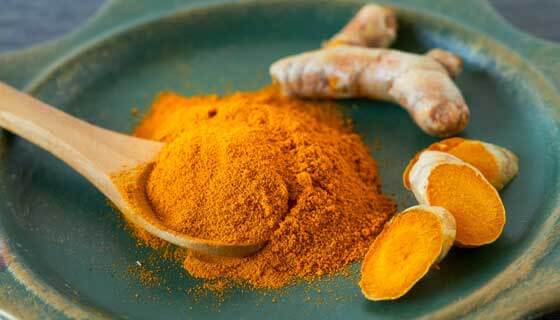Turmeric, a golden-yellow spice, is widely used in Indian households due to its numerous health benefits. From boosting immunity to healing wounds and adding flavor to dishes, it is a vital ingredient in daily life. Curcumin, the plant pigment responsible for its vibrant color, provides turmeric with its characteristic properties. Farmers aiming for high yields can explore the benefits of cultivating turmeric in a polyhouse. This guide provides insights into optimizing turmeric production in a controlled environment.
Soil and Climate Requirements for Turmeric Farming in Polyhouse
For successful turmeric cultivation, soil quality plays a critical role. Ideal soil types include black loam, rich loamy soil, red soil, or clayey soil with proper drainage. Turmeric thrives in environments free from waterlogging and high alkalinity, which can adversely affect growth.
A polyhouse provides the warm, humid climate required for turmeric farming. The temperature range of 20-30°C is optimal, along with a rainfall requirement of 1500 mm or more. Early planting combined with consistent irrigation leads to higher yields.
Methods of Turmeric Farming in Polyhouse
In a polyhouse, turmeric can be cultivated using two primary methods: Furrows and Ridges, and Flatbeds.
Furrows and Ridges:
This method is ideal for heavy soils with irrigation. The field is partitioned into furrows and ridges spaced 75 cm apart, with furrows typically around 35 meters in length.
Flatbeds:
Flatbeds are designed for lighter soils, with beds measuring 1 meter in width. The length is adjusted according to the polyhouse slope. In this method, turmeric can also be grown in pots or containers, fostering companion crops like ginger and onions.
Planting Process for Turmeric Farming in Polyhouse
When planting turmeric in a polyhouse, healthy rhizomes should be selected. Ensure 20-25 cm spacing between plants and enrich the soil with a mixture of 25g powdered neem cake per row. The rhizomes are planted in shallow pits and covered with compost.
Adding 10g of compost and Trichoderma biofertilizer is recommended to protect the crop from pests and diseases. The biofertilizer improves crop resistance and enhances growth, ensuring a steady development of the rhizomes.
Irrigation Requirements for Turmeric Crops
Turmeric is a water-demanding crop, especially in a controlled environment like a polyhouse. Irrigation is necessary before and after sowing to encourage rhizome development. The crop cycle lasts between 7-9 months, depending on the variety.
For optimal growth, irrigation should be provided weekly, maintaining an interval of 7-10 days between each session. Avoid over-irrigation, as it can lead to fungal diseases and affect rhizome quality. Overall, 20-25 irrigations are required for a successful crop session.
Harvesting of Turmeric Rhizomes
Turmeric rhizomes are ready for harvest after 7-9 months. Harvesting is done by hand, with the fingers separated from the mother rhizomes, which can be reused in the next planting session.
In a polyhouse setup, turmeric yields can reach 8-10 tonnes per acre, although this may fluctuate based on factors like climate and soil quality.
FAQs
Q1. What are the needs for organic turmeric farming in a polyhouse?
Organic turmeric farming in a polyhouse follows similar principles to traditional methods, avoiding chemical fertilizers. Composting with plant and animal waste is essential, along with regular soil rotation to maintain a healthy growing environment. Uniform irrigation and organic fertilizers are key.
Q2. What is the seed rate for turmeric cultivation in a polyhouse?
The seed rate varies based on the planting material and spacing. Mother rhizomes require 2000-2500 kg/ha, while finger rhizomes need 1500-2000 kg/ha. Intercropping methods require 400-500 kg/ha.
Q3. What are the essentials while preparing a polyhouse for turmeric farming?
Preparing a polyhouse for turmeric farming involves careful site selection. Key factors include accessibility, waterlogging prevention, pollution control, and semi-automated systems for irrigation and climate regulation.


